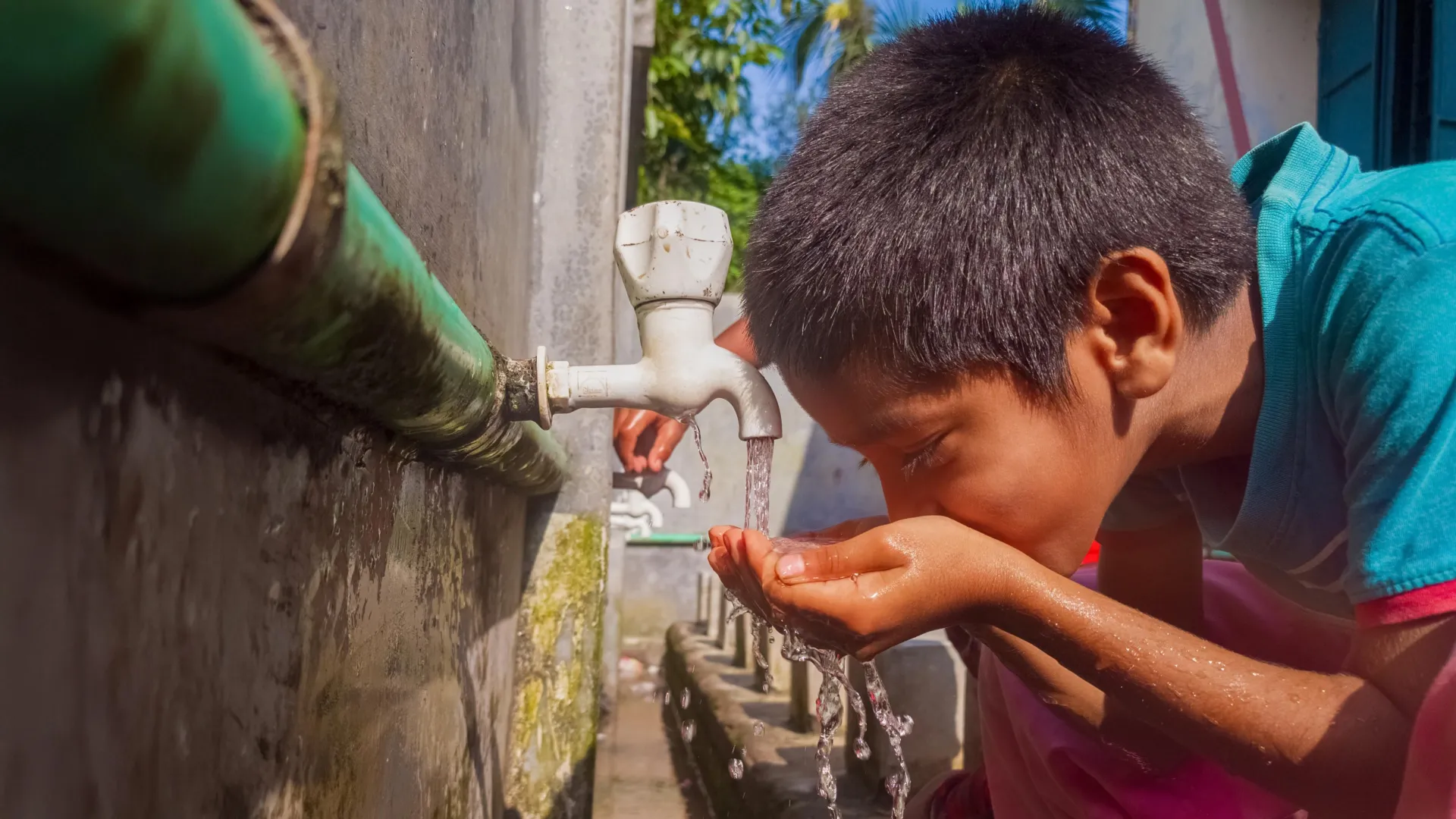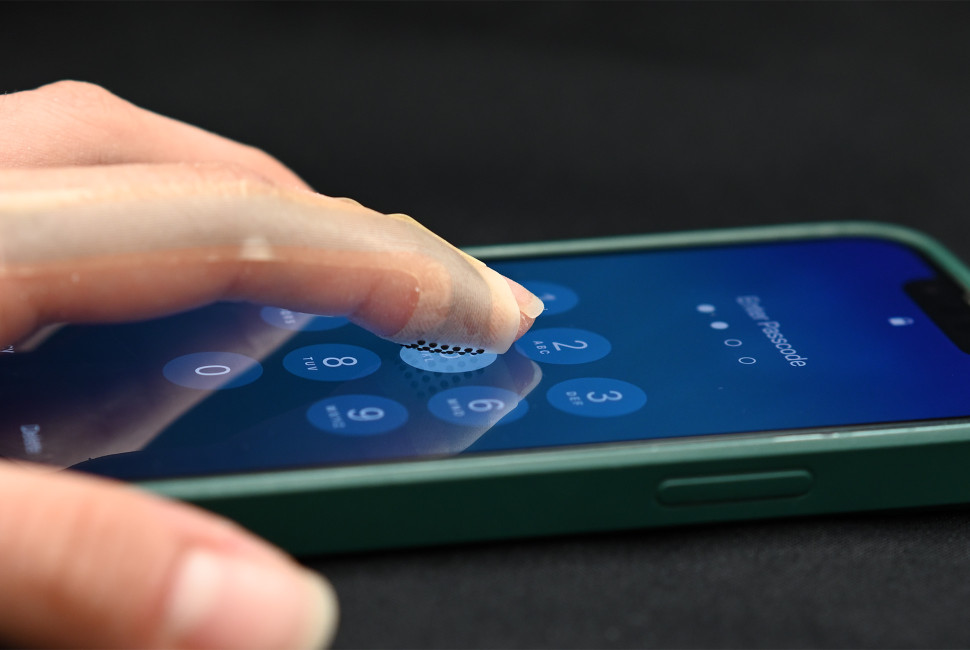World Para Ice Hockey, the international federation responsible for overseeing and developing the sport of Para ice hockey, has announced an exciting new partnership with CCM, one of the world’s leading global hockey brands, as its Official…
Author: admin
-
Train hits, kills 11 in China's worst rail accident in over a decade – Reuters
- Train hits, kills 11 in China’s worst rail accident in over a decade Reuters
- Train collision in China kills 11 railway maintenance workers: Reports Al Jazeera
- Deadly train crash in China’s Kunming leaves 11 dead The Express Tribune
- 11 dead, 2…
Continue Reading
-

Twenty-year study shows cleaner water slashes cancer and heart disease deaths
A large 20-year investigation following nearly 11,000 adults in Bangladesh found that reducing arsenic in drinking water was tied to as much as a 50 percent drop in deaths from heart disease, cancer and several other chronic illnesses. The…
Continue Reading
-

Real textures and tactile sensations with VoxeLite
Northwestern University engineers have developed the first haptic device that achieves “human resolution” – meaning it accurately matches the sensing abilities of the human fingertip.
Called VoxeLite, the ultra-thin,…
Continue Reading
-
Pakistan seeks Bahraini investment in IT, AI, agribusiness as GCC FTA nears completion – Arab News
- Pakistan seeks Bahraini investment in IT, AI, agribusiness as GCC FTA nears completion Arab News
- Pakistan, Bahrain pledge to deepen economic, defence ties Dawn
- Pakistan sees FTA as engine of growth with Gulf countries The Express Tribune
Continue Reading
-
NASA's Next Flagship Space Telescope Survives the Sounds and Shakes of a Simulated Launch – autoevolution
- NASA’s Next Flagship Space Telescope Survives the Sounds and Shakes of a Simulated Launch autoevolution
- NASA’s Roman Telescope Will Provide the Largest Ever Asteroseismic Dataset—A Game Changer for Astronomy The Daily Galaxy
- NASA’s next-gen…
Continue Reading
-

Warming Climate Worsens Plastic Pollution, Experts Warn
A new review published in Frontiers in Science is calling for urgent action to avoid irreversible ecological damage by stemming the tide of microplastics entering the environment.
Climate change conditions turn plastics into more…
Continue Reading
-

In conversation with Yong Cui
What drives a materials scientist to push the boundaries of what’s possible? We sat down with Yong Cui, one of our Materials Horizons editors, to explore not just the cutting-edge developments shaping the field, but the passion and…
Continue Reading
-
The music industry is getting used to AI. One viral track went too far. – The Washington Post
- The music industry is getting used to AI. One viral track went too far. The Washington Post
- HAVEN.’s ‘I Run’ Was Poised To Be a Hit — Until Allegations of AI Deepfaking Slowed It Down Billboard
- TikTok users are DEVASTATED to learn the…
Continue Reading
-

Did this star with an unnatural spin munch down on its own planet?
Scientists have found why Kepler-56, a red giant star, has a weird spin, and according to a new study, this is because it likely gobbled up one of the planets orbiting it. Takato Tokuno, a doctoral student in the Department of Astronomy at the…
Continue Reading